Home>Garden Essentials>Where And When Was The Seed Drill Invented
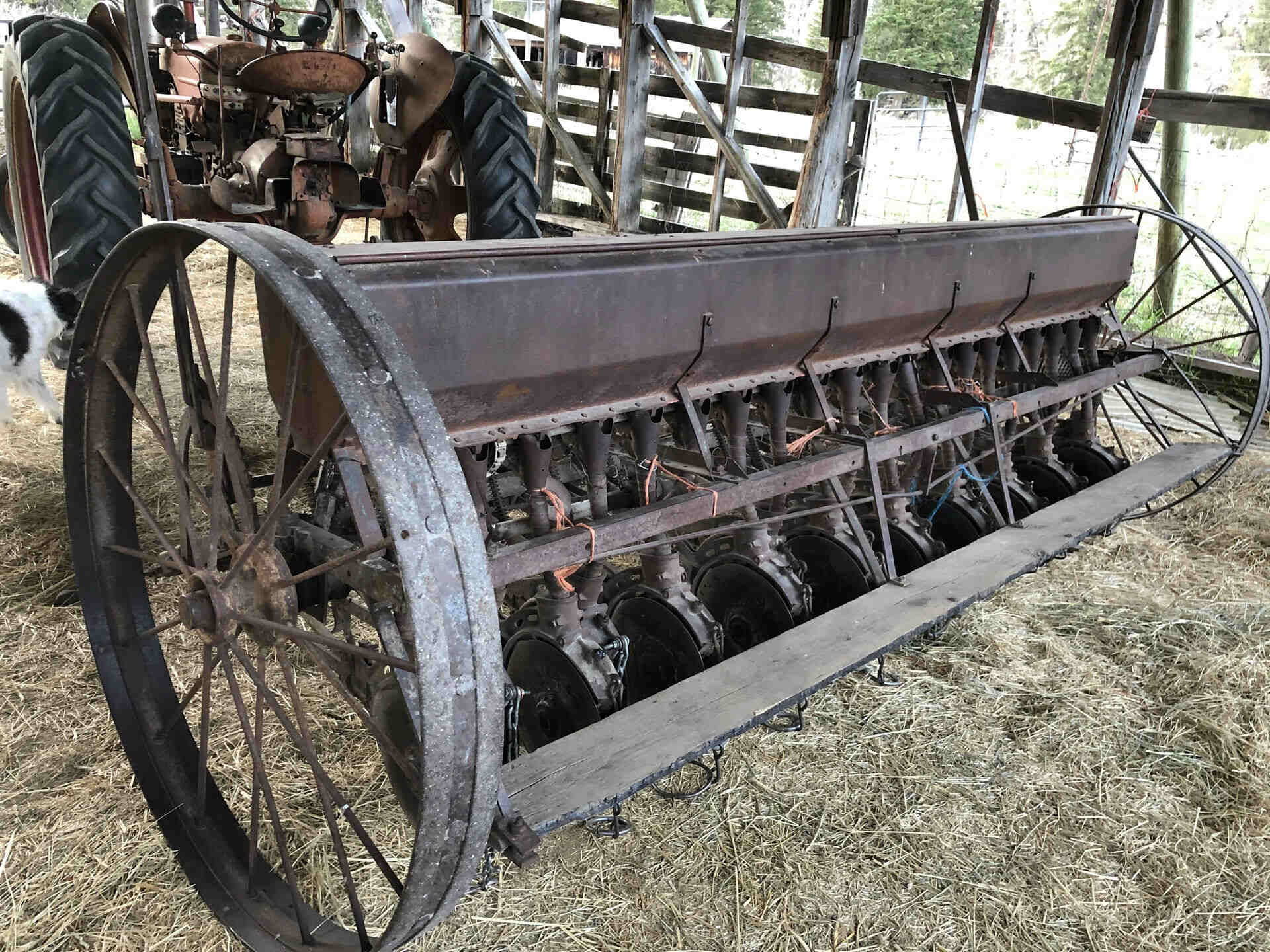

Garden Essentials
Where And When Was The Seed Drill Invented
Modified: August 17, 2024
Discover where and when the seed drill, a revolutionary gardening tool, was invented. Explore the history and origins of this game-changing device in our informative article.
(Many of the links in this article redirect to a specific reviewed product. Your purchase of these products through affiliate links helps to generate commission for Storables.com, at no extra cost. Learn more)
Introduction
Gardening has been an intrinsic part of human civilization for centuries. From cultivating crops to nourishing beautiful blooms, people have always sought efficient and effective ways to sow seeds and nurture plants. One crucial invention that revolutionized the world of gardening and agriculture is the seed drill.
In this article, we will delve into the fascinating history of the seed drill, exploring its invention, the historical background of seed sowing methods, and the possible inventors and locations. So, let’s dive into the details and uncover the story of this ingenious device that forever changed the way we sow seeds.
Key Takeaways:
- The seed drill, invented in the 18th century by Jethro Tull, revolutionized farming by making seed sowing more efficient, leading to higher crop yields and improved livelihoods.
- Before the seed drill, ancient farmers used manual methods for sowing seeds, but the seed drill mechanized the process, saving time and labor while ensuring precise seed placement and uniform spacing.
Read more: Where Were Hybrid Seeds Invented
Historical Background
Before the invention of the seed drill, ancient civilizations relied on manual methods and primitive tools to sow seeds. In early agricultural practices, people would scatter seeds by hand, relying on luck and natural dispersion methods like the wind or animals to carry the seeds to fertile ground. This method had its limitations, leading to uneven distribution of seeds and inefficient use of land.
As civilizations advanced, so did the techniques of seed sowing. In ancient Egypt, for example, farmers used a manual method called “broadcasting” or “raking.” They would scatter seeds across prepared soil and then cover them with a layer of straw or livestock manure to protect them from birds and pests.
Similarly, in ancient China and India, farmers used a method called “dibbling.” They would create small holes in the soil with a stick or a pointed object and place the seeds inside the holes before covering them with soil.
While these methods were an improvement over random scattering, they were still labor-intensive and time-consuming. Moreover, they didn’t allow for precise spacing and uniform depth, which are crucial factors for optimal plant growth and yield.
This led to a pressing need for a more efficient and precise method of seed sowing, which eventually gave birth to the revolutionary invention of the seed drill.
Ancient Seed Sowing Methods
Before the advent of the seed drill, ancient civilizations employed various seed sowing methods to improve the efficiency of crop cultivation. These methods, though rudimentary compared to modern techniques, played a crucial role in the development of agriculture.
One commonly used method was the hand broadcasting technique. Farmers would grasp a handful of seeds and scatter them across the prepared soil. This method relied on the natural dispersion of seeds by wind or animals. While it allowed for larger areas to be sown at once, it lacked precision and resulted in uneven seed distribution.
Another method, known as dibbling or drilling, involved manually creating small holes in the soil with various tools such as sticks or pointed seeds. The seeds would then be placed inside these holes before covering them with soil. This technique provided better control over seed placement and depth, but it was a labor-intensive process.
Some ancient civilizations also utilized the dibble board method. This involved a long board with evenly spaced holes. Farmers would place seeds into each hole and then press the board into the soil to create the planting holes. This ensured uniform spacing between seeds, but it still required manual labor and did not address seed depth.
Overall, these ancient seed sowing methods demonstrated the resourcefulness and ingenuity of early farmers. However, they were limited by their reliance on manual labor, imprecise distribution, and time-consuming processes.
The seed drill was invented by Jethro Tull in the early 1700s in England. It revolutionized agriculture by allowing seeds to be planted in rows at a consistent depth, increasing efficiency and crop yields.
The Revolutionary Invention of the Seed Drill
The invention of the seed drill marked a significant turning point in the history of agriculture. It brought about a revolution in seed sowing techniques, increasing efficiency, uniformity, and ultimately leading to higher crop yields.
The seed drill is believed to have been invented in the 18th century by Jethro Tull, an English agriculturalist. Tull’s seed drill was a horse-drawn machine that mechanized the process of sowing seeds. It consisted of a wooden frame equipped with a hopper for holding seeds and a series of tubes to distribute the seeds evenly in straight rows.
This ingenious invention addressed the shortcomings of traditional sowing methods. The seed drill allowed for precise seed placement, ensuring uniform spacing and optimal depth for germination. Additionally, it prevented seed wastage by efficiently delivering seeds to the soil without scattering them unnecessarily.
The operation of the seed drill was relatively simple. It was pulled by a horse, and as the machine moved forward, the seeds dropped through the tubes and into furrows made in the soil by the drill’s coulters. Following this, the furrows were covered back with a layer of soil, protecting the seeds from wind, birds, and other pests.
The seed drill not only improved efficiency but also saved time and labor. It enabled farmers to sow seeds in a fraction of the time it took to do it manually, allowing them to cover larger areas with greater accuracy.
The impact of the seed drill on agriculture cannot be overstated. With its introduction, farmers could increase their crop yields significantly, leading to better food production and improved livelihoods. The seed drill became an essential tool in the advancement of modern farming practices.
Possible Inventors and Locations
While Jethro Tull is often credited with inventing the seed drill, there is some debate about the actual origins of this revolutionary device. Several other individuals made significant contributions to the development of the seed drill, and their inventions paved the way for Tull’s version.
One of the earliest records of a mechanical seed drill dates back to ancient China during the Han Dynasty. An agricultural scientist and inventor named Zhang Liang is believed to have designed a seed drill that was used to sow rice in the 2nd century BCE. This early version resembled a wheeled structure with tubes that dispensed the seeds into the soil.
In addition to Zhang Liang, numerous European inventors made notable contributions to the seed drill’s evolution. Joseph Foljambe, a farmer from Rotherham, England, invented a horse-drawn seed drill in the late 16th century. His design featured a rotating wheel that dispensed seeds uniformly, similar to later iterations of the seed drill.
However, it was Jethro Tull’s improvement upon existing designs that gained widespread recognition and popularity. Tull’s invention, patented in 1701, refined the mechanics and functionality of the seed drill, making it more practical and efficient for widespread agricultural use.
The seed drill quickly gained traction and found its way into various regions around the world. In Europe, it became widely adopted in countries such as England, France, and Germany, where agriculture played a significant role in the economy. It also spread to North America, particularly in the agricultural regions of the United States and Canada.
Today, the seed drill has become an essential tool for commercial and small-scale farmers worldwide, contributing to increased crop yields and more efficient farming practices.
Read more: When Was The Bathtub Invented
Conclusion
The invention of the seed drill revolutionized the world of agriculture, significantly improving seed sowing techniques and leading to increased crop yields. From its humble beginnings in ancient civilizations to the advancements made by inventors like Jethro Tull, the seed drill has shaped the way we sow seeds and cultivate crops.
Before the seed drill, farmers relied on manual methods that lacked precision, resulting in uneven distribution of seeds and inefficient use of land. The seed drill provided a solution by mechanizing the sowing process, allowing for precise seed placement, uniform spacing, and optimal seed depth.
While Jethro Tull is often credited as the inventor of the seed drill, it is important to acknowledge the contributions of other inventors like Zhang Liang and Joseph Foljambe. Their innovations laid the foundation for Tull’s remarkable invention.
The seed drill quickly gained popularity and spread to various regions around the world, becoming an indispensable tool for farmers. Europe and North America became major adopters of the seed drill, ushering in a new era of efficient and productive farming practices.
Today, the seed drill remains a vital component of modern agriculture. It has not only improved crop yields but also saved time and labor, contributing to the overall sustainability and profitability of farming operations.
As we reflect on the history of the seed drill, we must appreciate the ingenuity of those who envisioned a better way to sow seeds. Their inventions have paved the way for innovation in agriculture, helping to feed growing populations and improve global food security.
In conclusion, the seed drill stands as a testament to human innovation and our ongoing quest for more efficient and sustainable methods of food production. It continues to play a vital role in the world of agriculture, shaping the way we sow seeds and cultivate the fruits of the earth.
Frequently Asked Questions about Where And When Was The Seed Drill Invented
Was this page helpful?
At Storables.com, we guarantee accurate and reliable information. Our content, validated by Expert Board Contributors, is crafted following stringent Editorial Policies. We're committed to providing you with well-researched, expert-backed insights for all your informational needs.

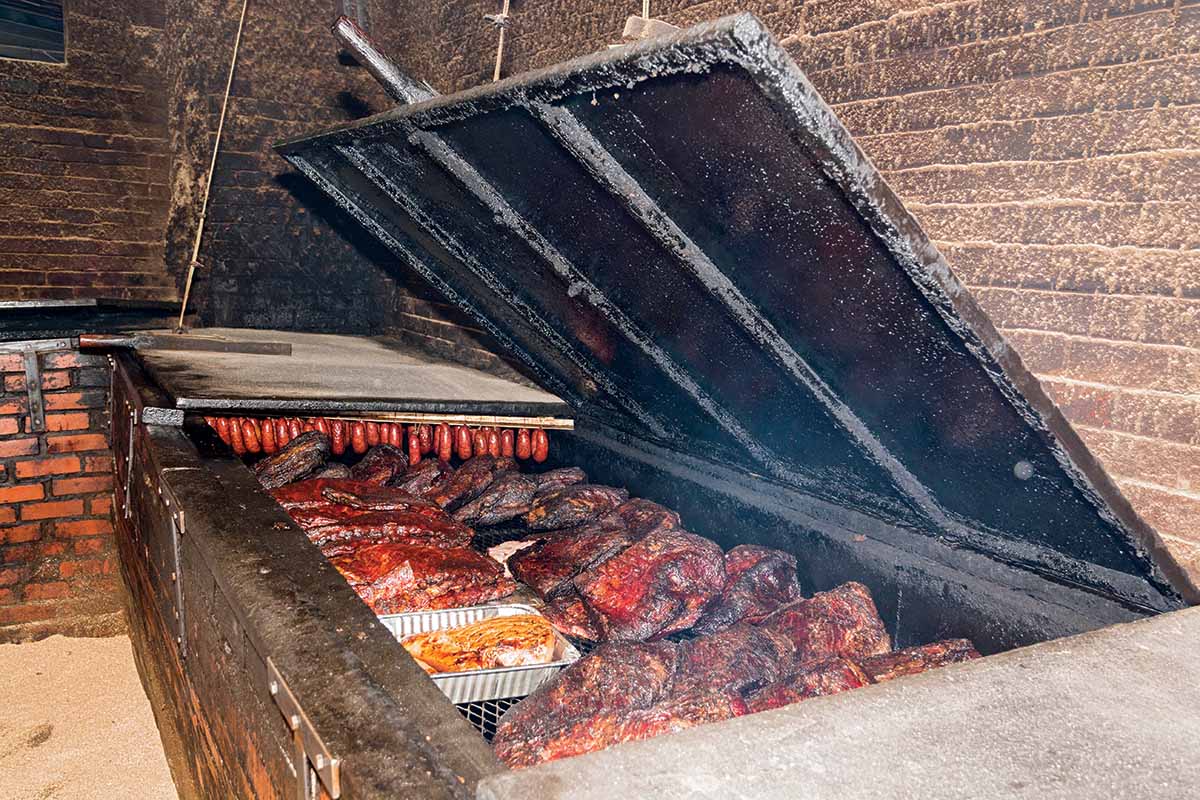

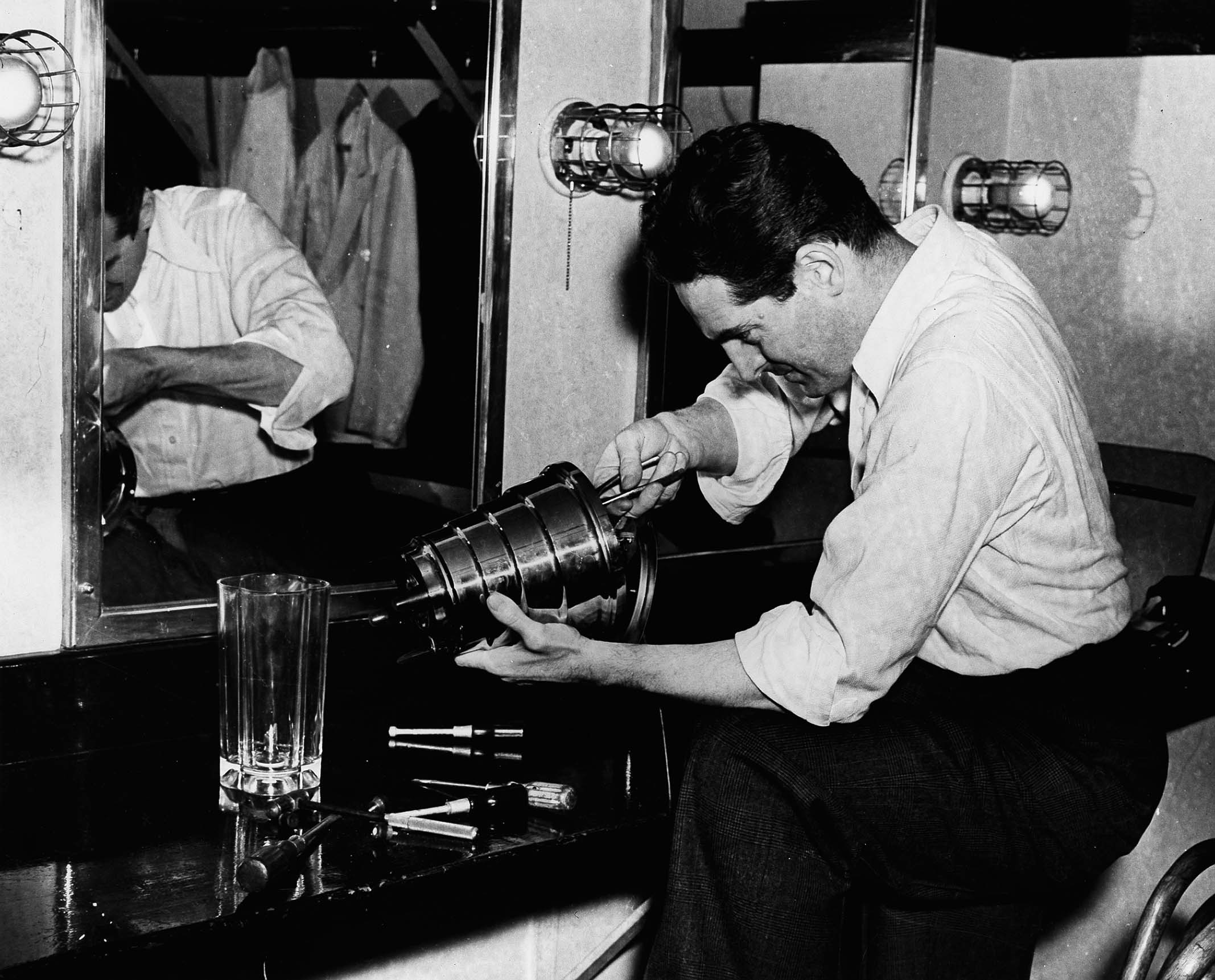

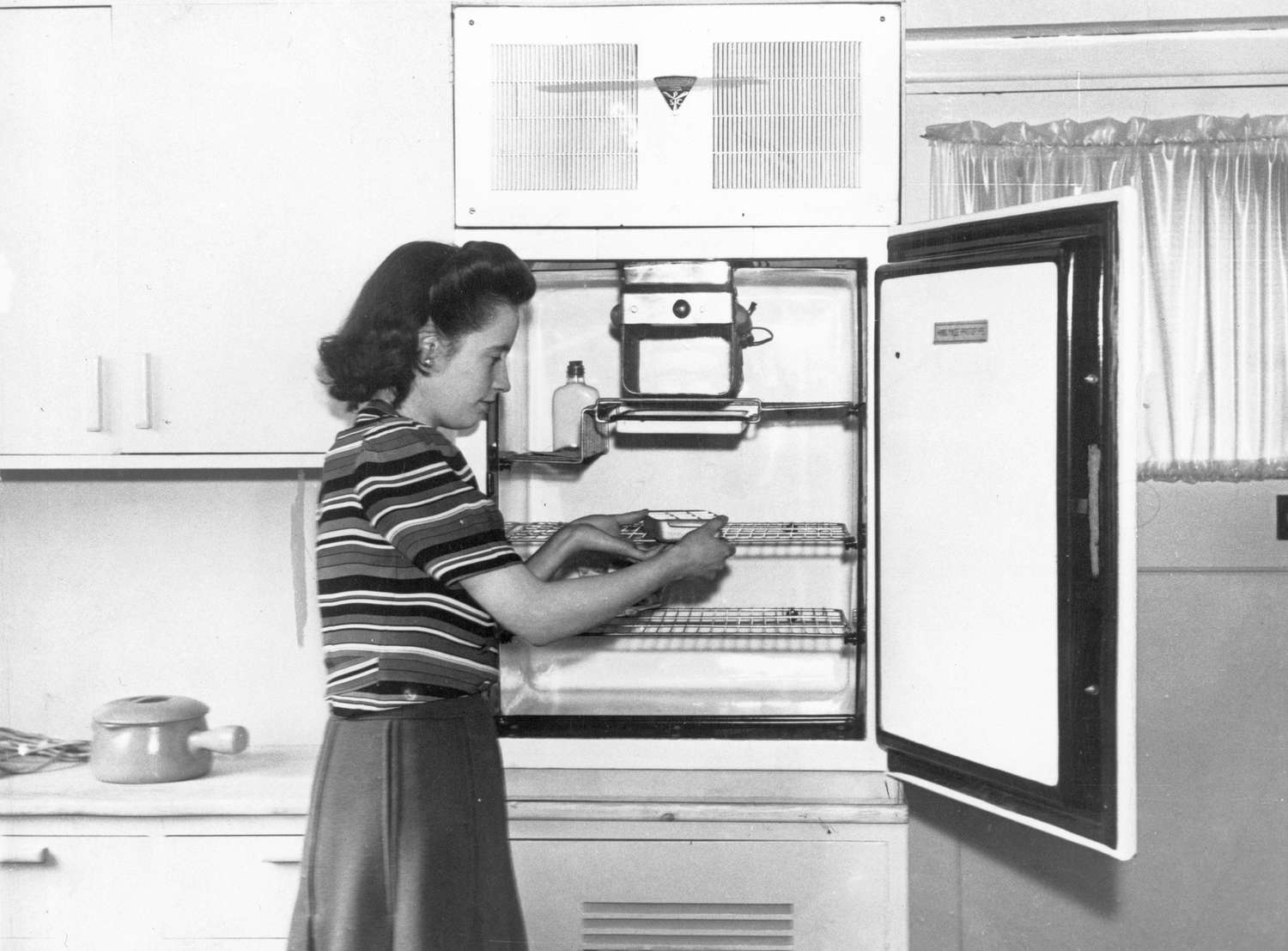


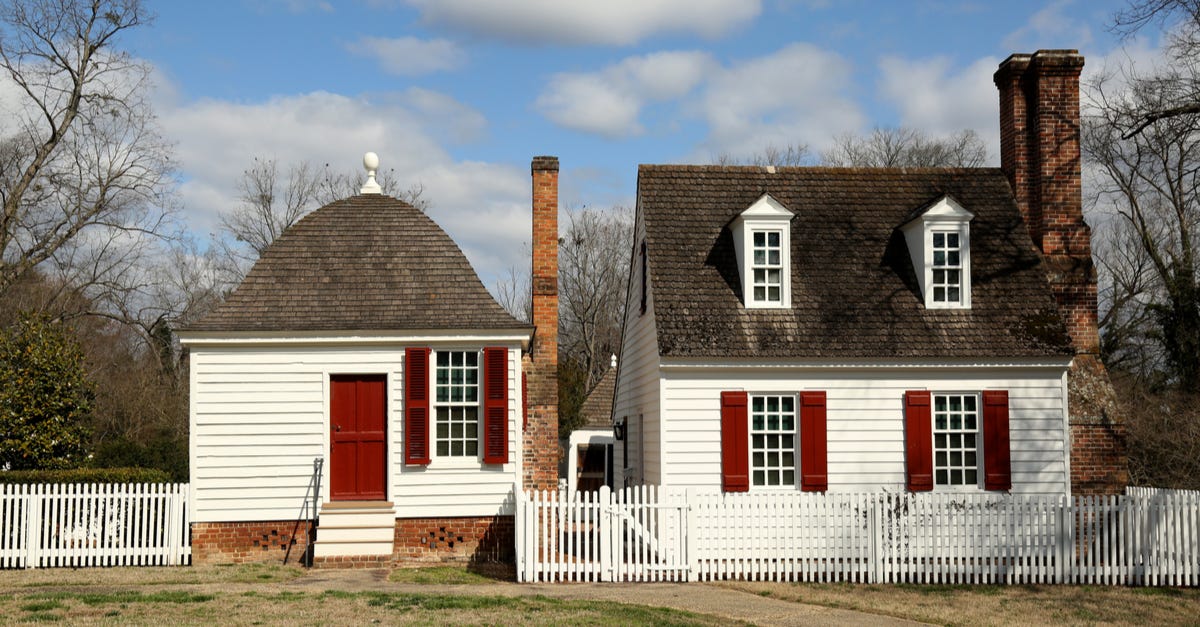
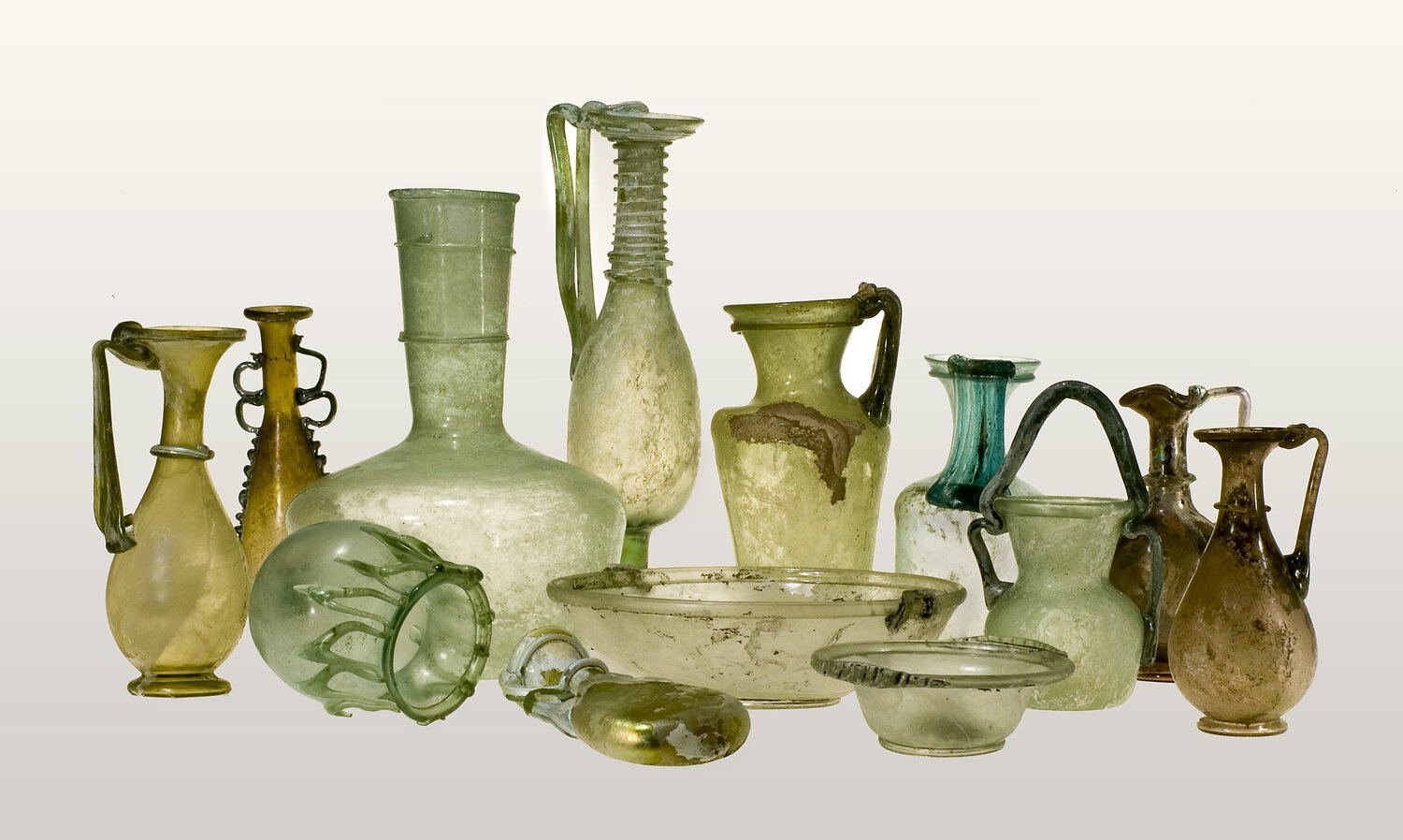
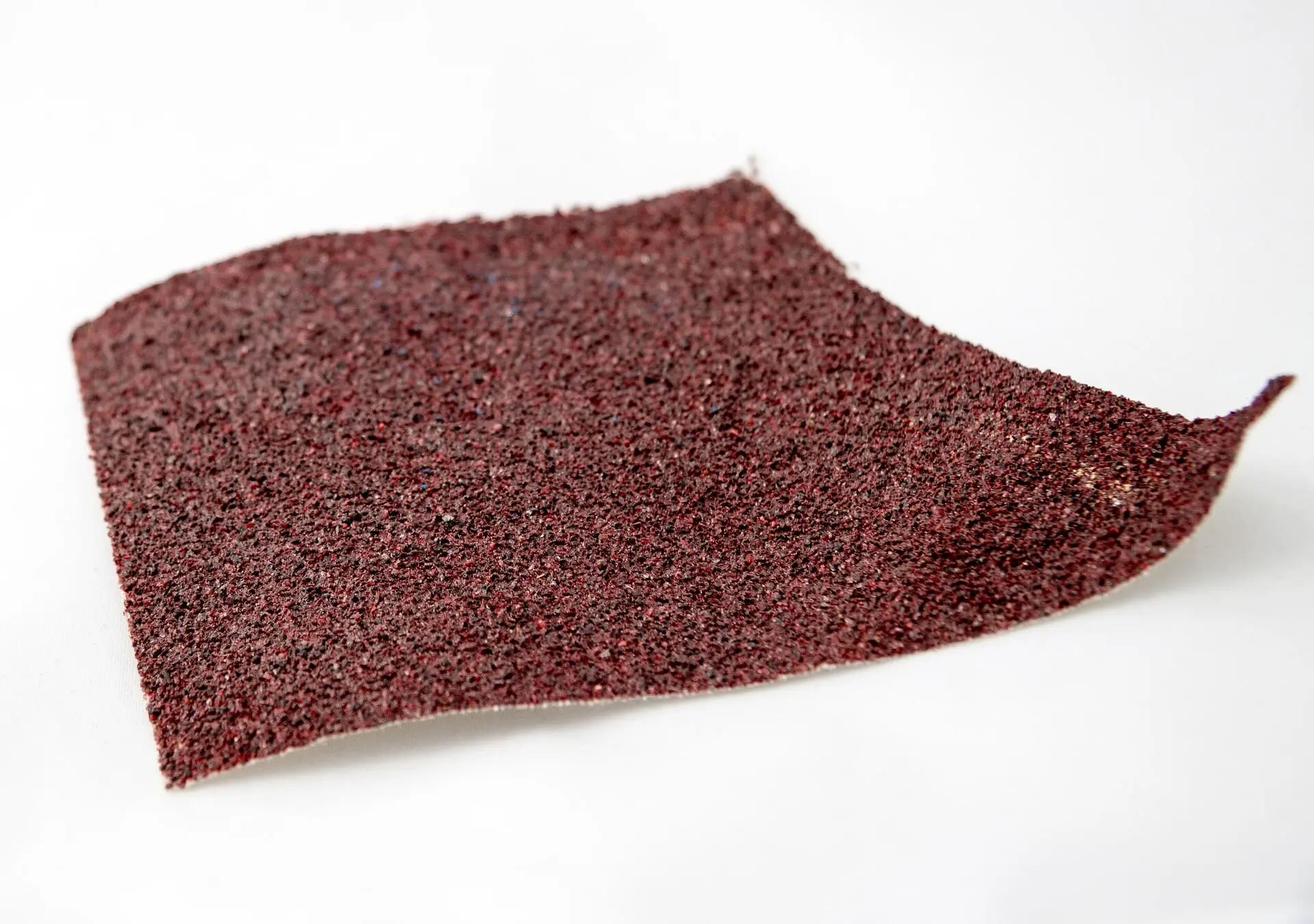
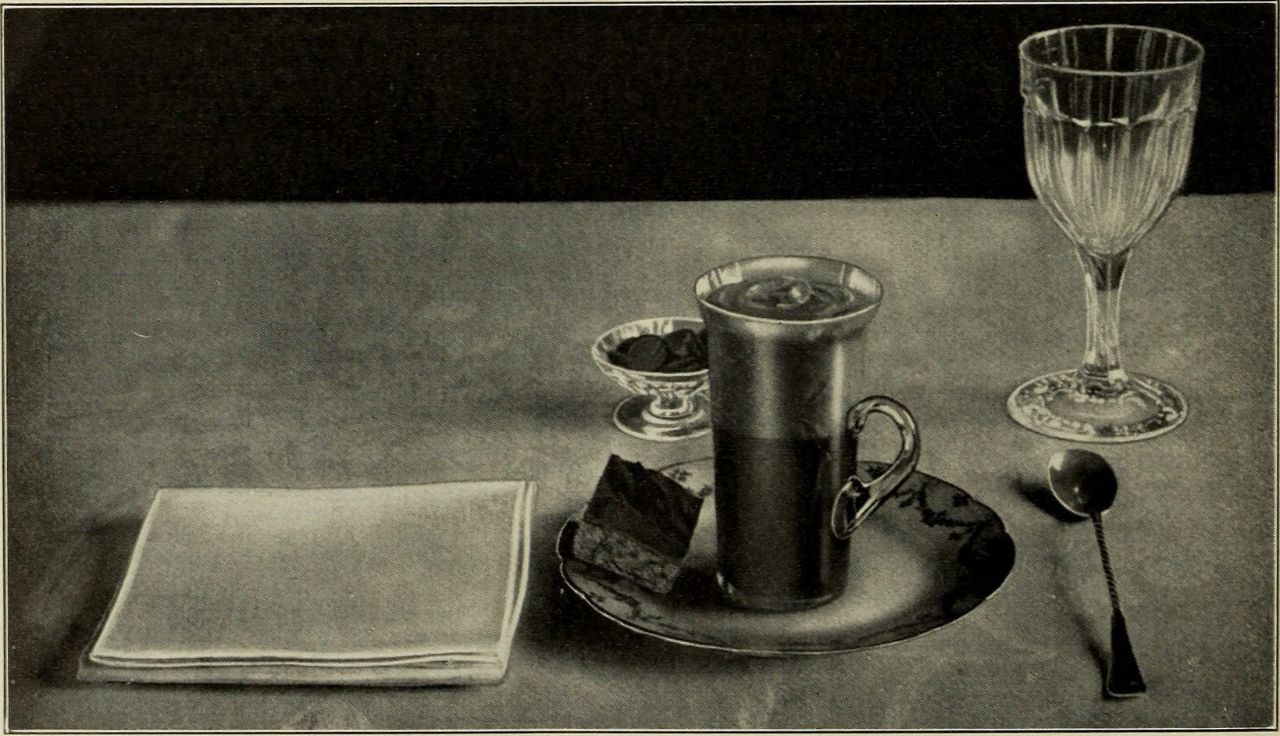

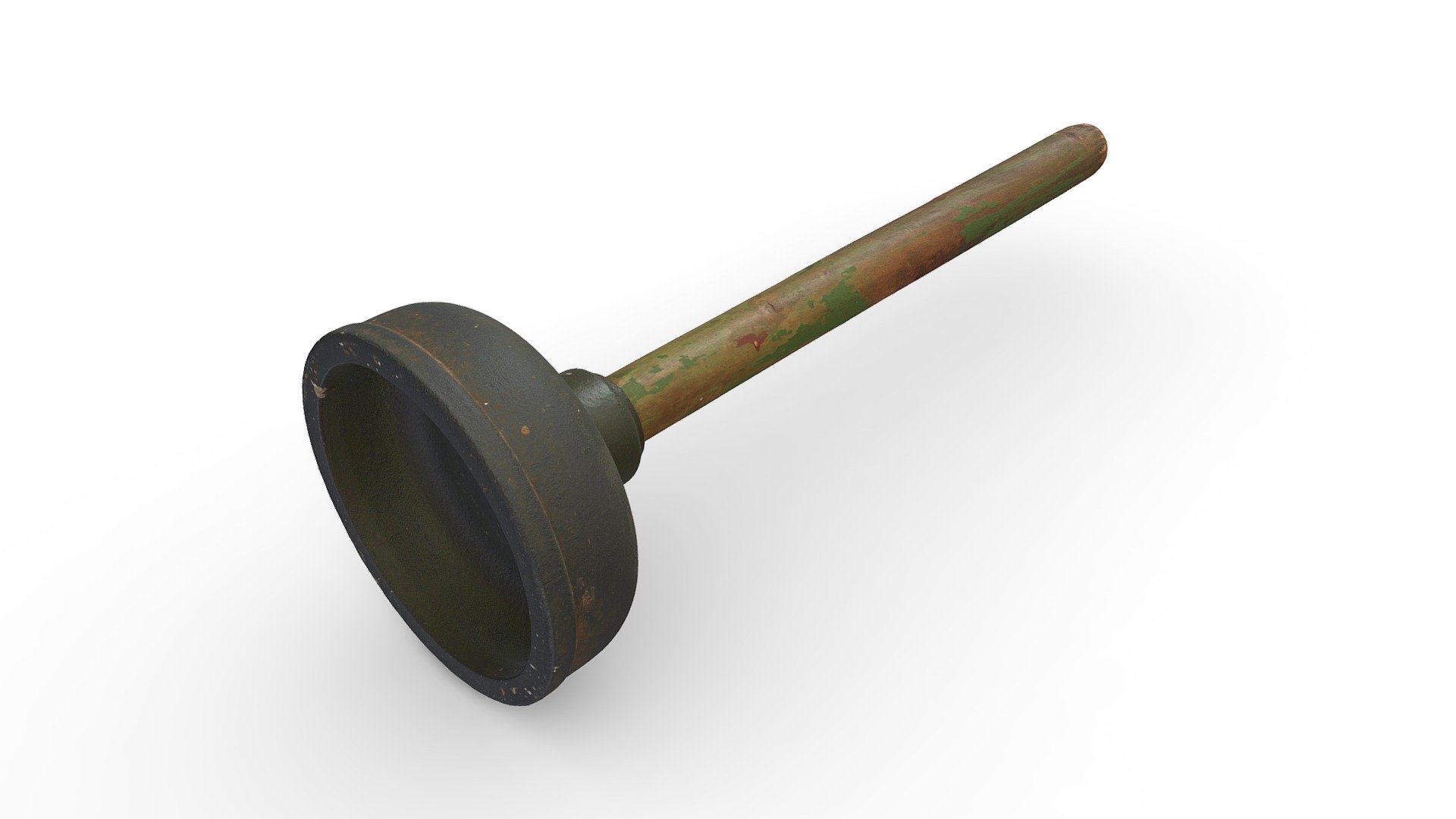

0 thoughts on “Where And When Was The Seed Drill Invented”